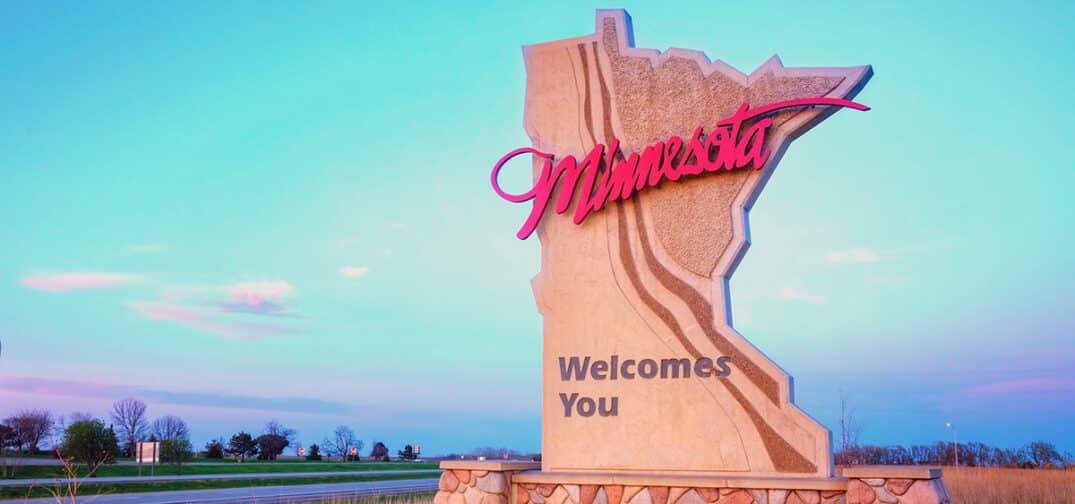Under Minnesota’s cannabis industry social equity rules, between 30% and 40% of adults in the state could qualify as social equity applicants, the Minnesota Reformer reports. The rules were approved by state lawmakers earlier this year.
The state’s social equity rules cover:
- individuals who have lived for five years in a neighborhood where more than 20% of residents live in poverty or on food stamps, or where the median income is less than 80% of the statewide or metro area;
- those who have lived for five years in a neighborhood with high levels of “social vulnerability” as defined by the Centers for Disease Control (CDC);
- military veterans or members of the National Guard;
- individuals convicted of a cannabis offense in the past, or had a close family member convicted of an offense;
- small farmers with less than $100,000 in annual sales;
- and those who have lived for five years in a neighborhood that has seen a “disproportionate” rate of the enforcement of previous cannabis laws, as determined in a forthcoming study by the Office of Cannabis Management.
Minnesota Reformer estimated the data using federal Census Bureau and CDC data and found that more than a third of the state’s 1,504 census tracts – small subdivisions of cities and counties – likely qualify based on the poverty, income, food stamp, and social vulnerability criteria, as long as they’ve lived in those neighborhoods for at least five years. According to the data, about 1.1 million people, or about a quarter of the state’s 4.4 million adults, have lived within those tracts for at least five years and the state has about 327,000 veterans – of which 100,000 live in those census tracts – which brings the total to about 1.3 million adults, or about 30% of the population.
Those figures don’t include those individuals with prior cannabis convictions – of which there are tens or even hundreds of thousands when considering family members – or the small farm operators, or those who live in neighborhoods that had been disproportionately targeted by the previous enforcement of cannabis laws.
Get daily cannabis business news updates. Subscribe
End
